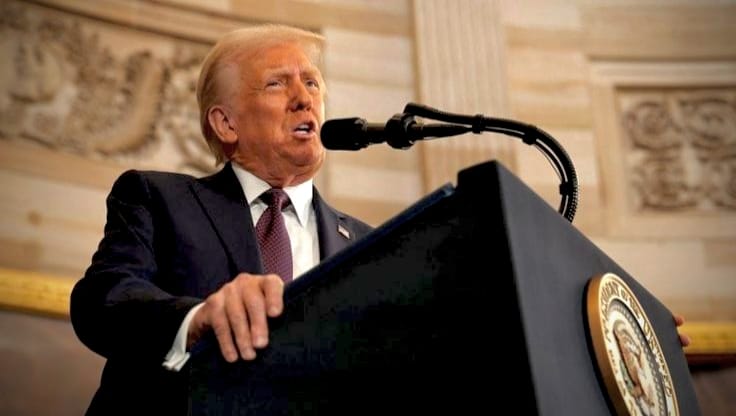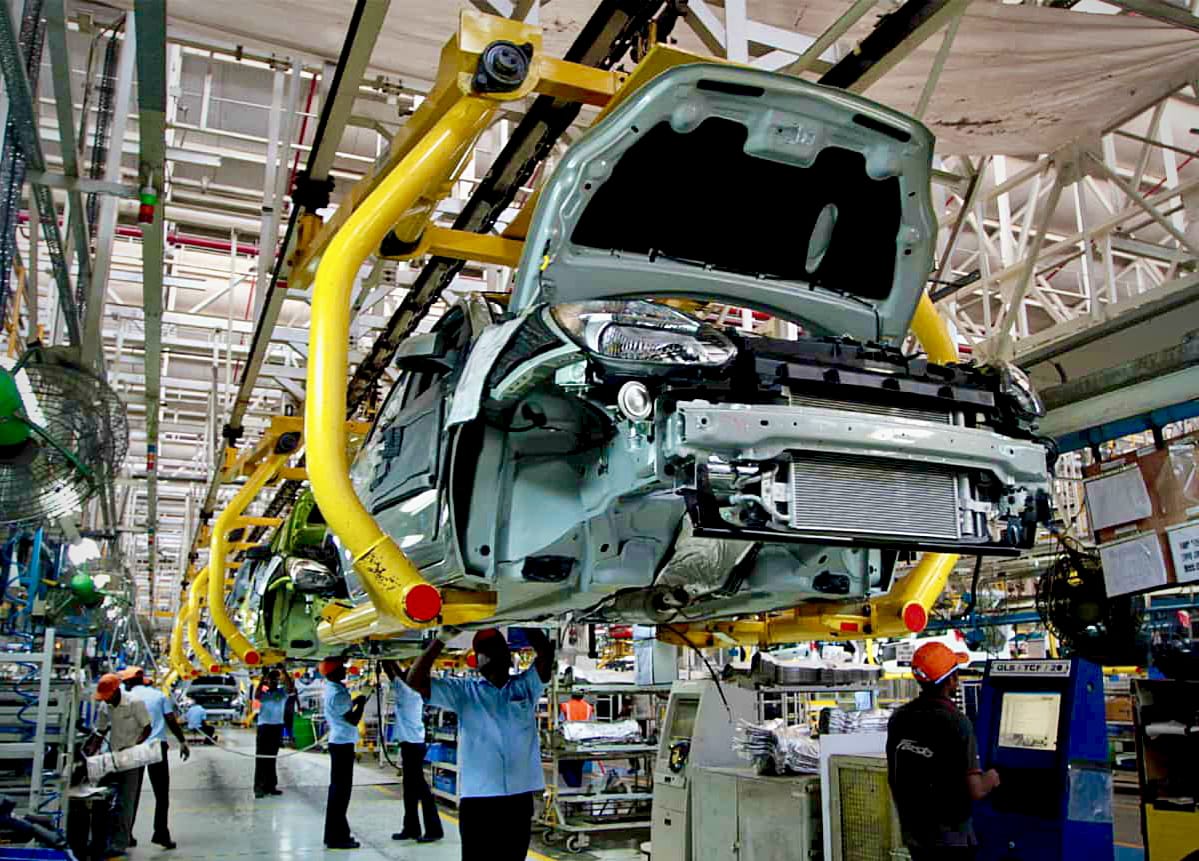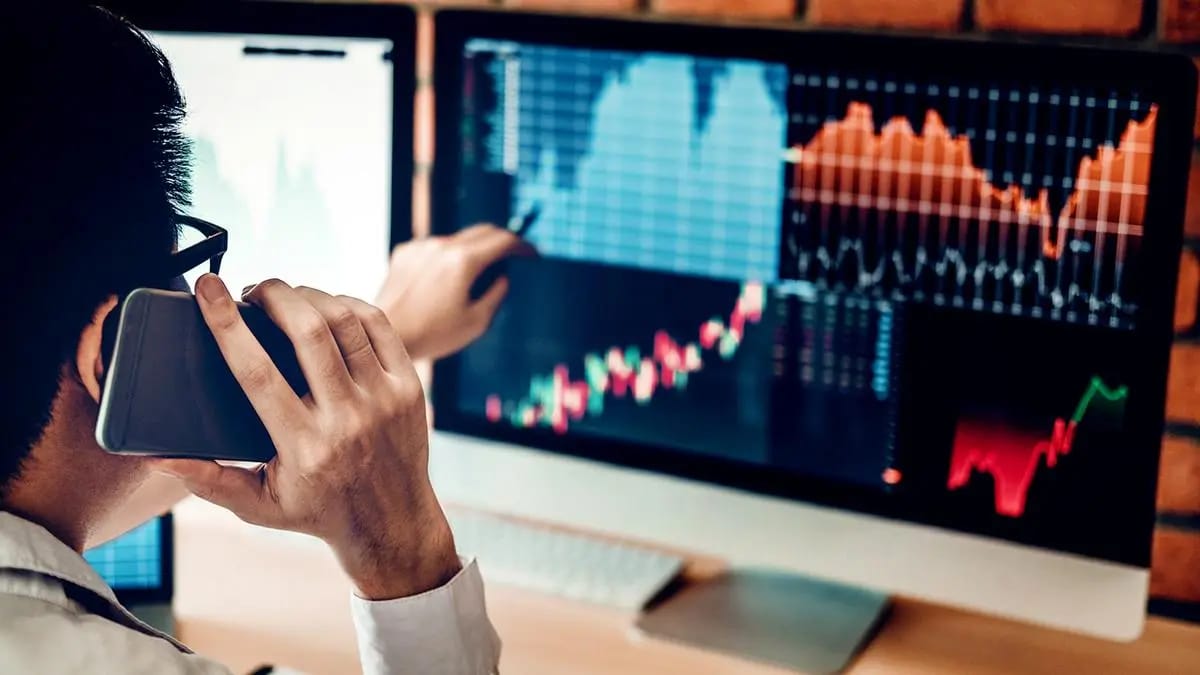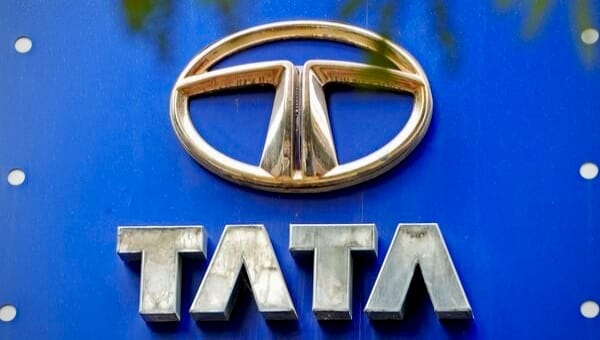
SUMMARY
-
Former U.S. President Donald Trump announced plans to visit India on November 15, emphasizing his personal bond with PM Narendra Modi and signaling continuity in U.S.-India ties if re-elected.
-
The visit highlights India’s strategic importance in the U.S. Indo-Pacific framework, particularly within the Quad alliance countering China’s influence.
-
Bilateral trade reached $191 billion in 2023, with the U.S. eyeing India’s robust 7.3% GDP growth forecast for FY23–24, despite earlier trade tensions over 25% steel tariffs.
-
Analysts note that while events like 2020’s “Namaste Trump” bolster optics, substantial progress hinges on negotiations around market access and tariffs.
-
The future agenda includes deepening defense and tech partnerships while managing human rights concerns and maintaining bipartisan U.S. engagement, reflected in seven presidential visits to India since 2000.
Donald Trump, campaigning for 2024, said November 15 he would visit India, expressing strong friendship with Prime Minister Narendra Modi during a Fox News interview. Trump recalled previous trips and personal rapport with Modi.
Trump’s comments signal a personalized, transactional U.S.-India relationship, potentially reshaping Indo-Pacific geopolitics and bilateral trade. This highlights India’s increasing global stature and its role in U.S. strategy concerning China.
India remains central to the U.S. Indo-Pacific strategy countering China’s expanding influence. Washington actively promotes India’s involvement in security frameworks like the Quad with Japan and Australia.
“India’s strategic autonomy has always been a tightrope walk, but its alignment with the U.S. on regional security concerns has deepened,” said Anjali Sharma, Senior Fellow at Carnegie Endowment. She highlighted New Delhi’s careful balance.
Bilateral trade surged to $191 billion in 2023, per U.S. Trade Representative data. Yet, Trump’s administration imposed 25% tariffs on Indian steel and 10% on aluminum in 2018, revoking India’s preferential trade status in 2019.
These actions intensified trade friction. “While personal chemistry can smooth diplomatic edges, real policy decisions on trade tariffs and market access require concrete negotiations,” stated Rohan Kapoor, an international trade economist.
India’s projected 7.3% GDP growth for FY23-24, per IMF, makes it a powerful economic force attracting U.S. attention. This trajectory underscores its rising market significance, recalling Trump’s “Namaste Trump” event in Ahmedabad during his February 2020 state visit.
New Delhi views high-level engagement with a U.S. presidential candidate as reinforcing India’s global standing. The Modi government cultivates strong ties with both major U.S. political parties, ensuring continuity and reflecting its non-aligned foreign policy.
Indian opposition parties could voice concerns about perceived interference or over-reliance on one U.S. leader. In the U.S., a Trump visit would appeal to the over 5 million Indian-American diaspora, a key voting bloc. Critics frequently raise India’s human rights record, a recurring issue.
Core issues underpinning the relationship include defense cooperation, technology transfer, and counter-terrorism. Seven U.S. presidential visits since 2000 underscore this bipartisan commitment, forming the partnership foundation. A Trump visit signals continued direct leadership engagement, balancing economic access and strategic defense with navigating human rights issues—a diplomatic tightrope New Delhi knows well.







